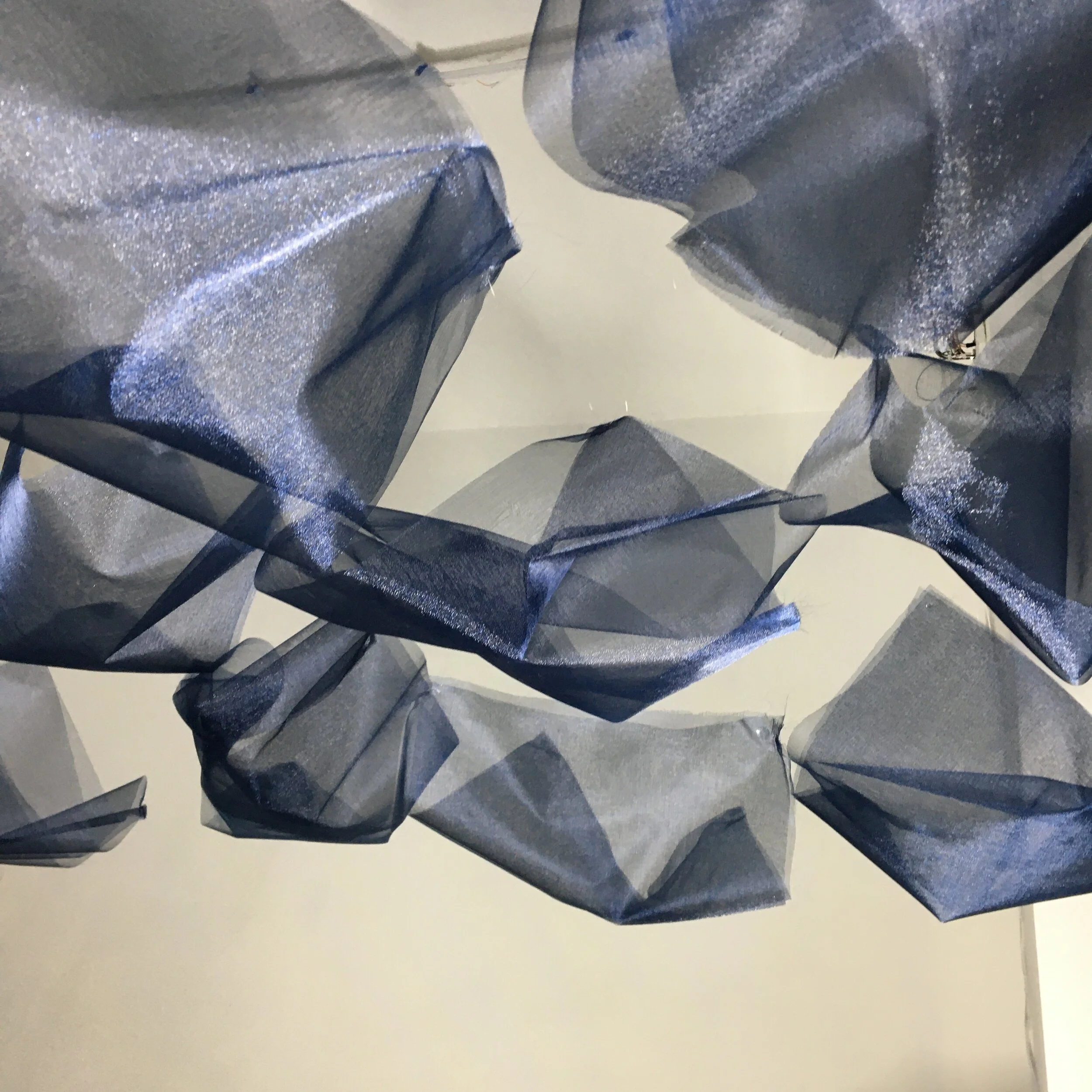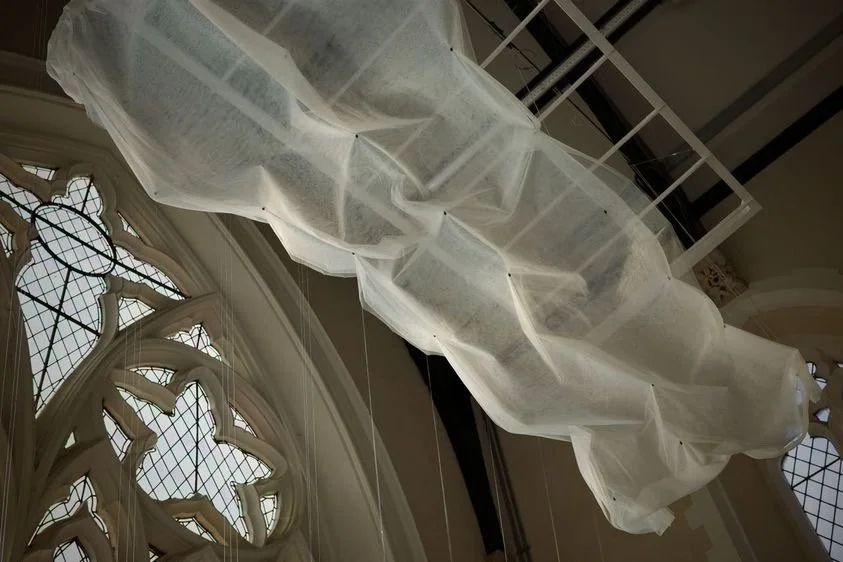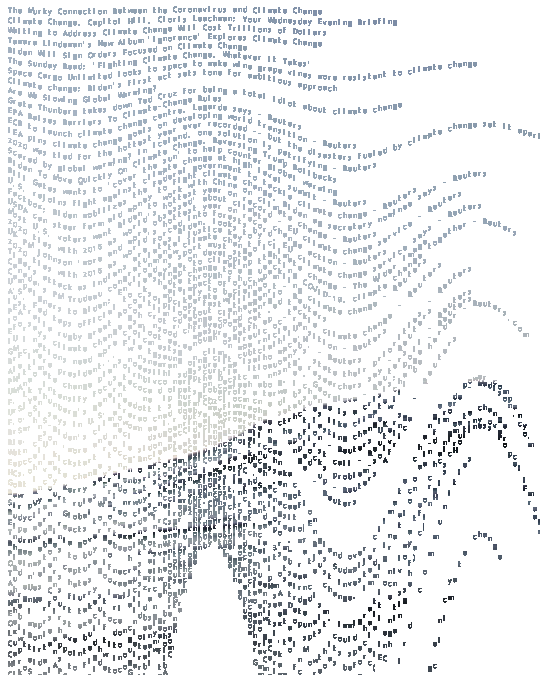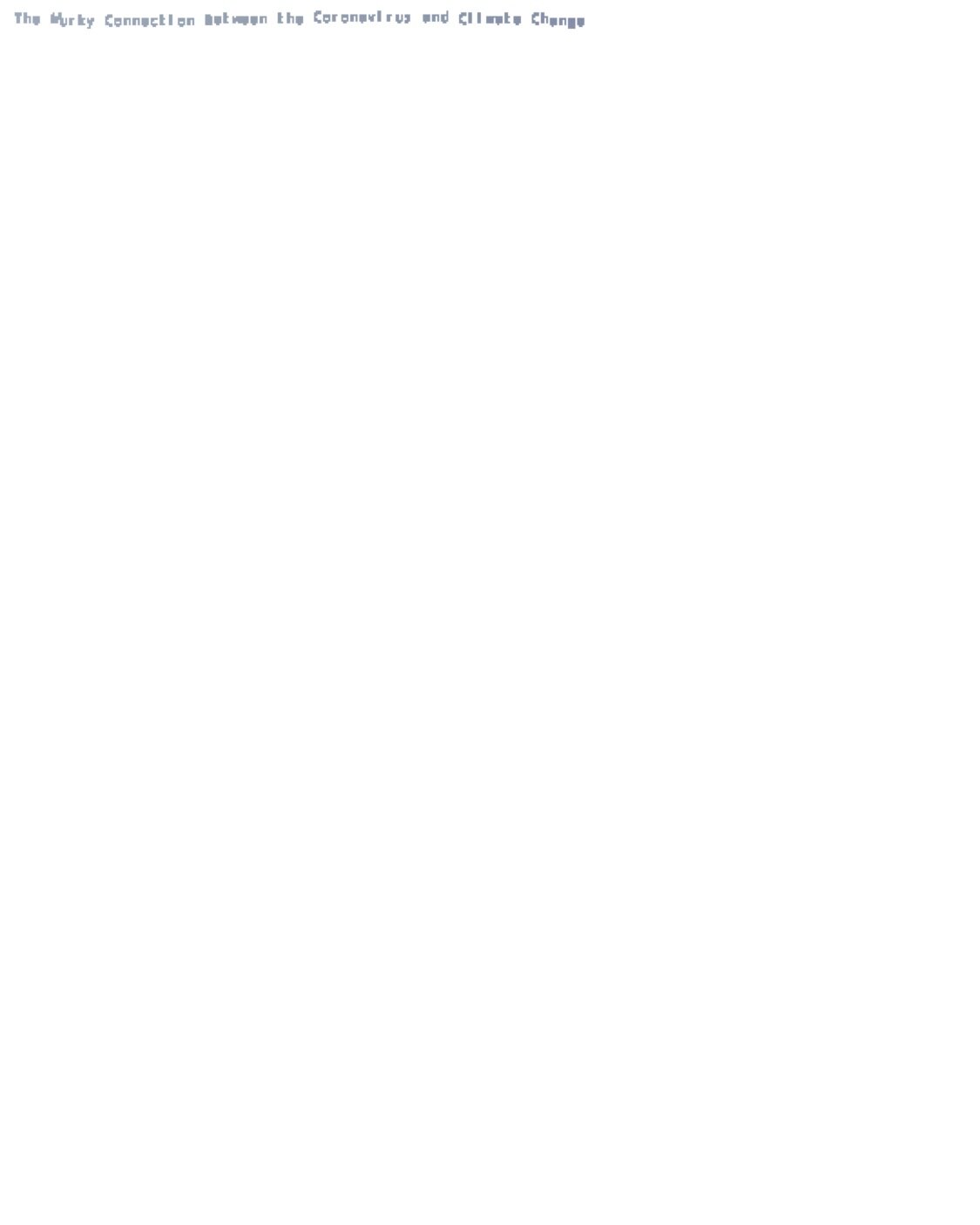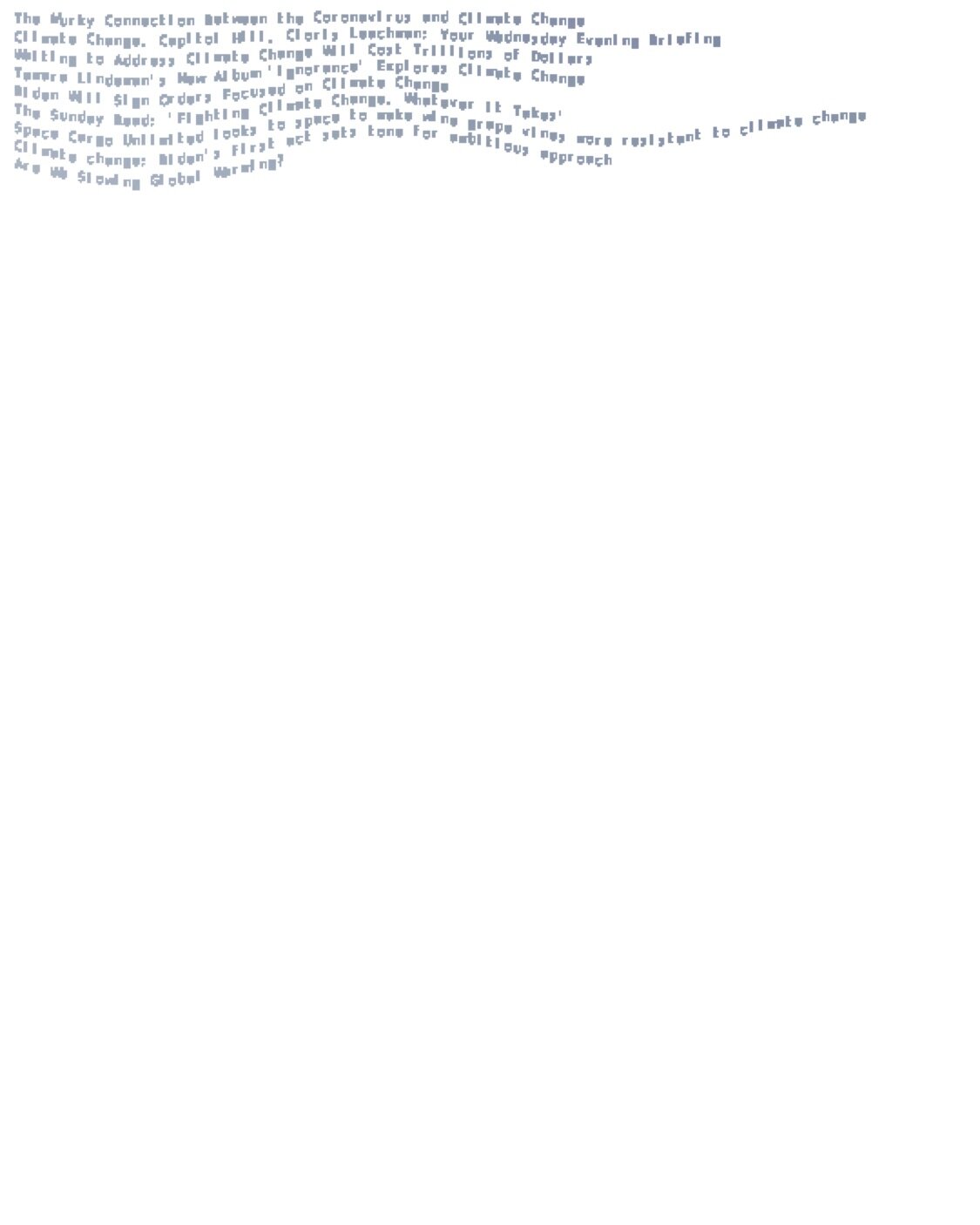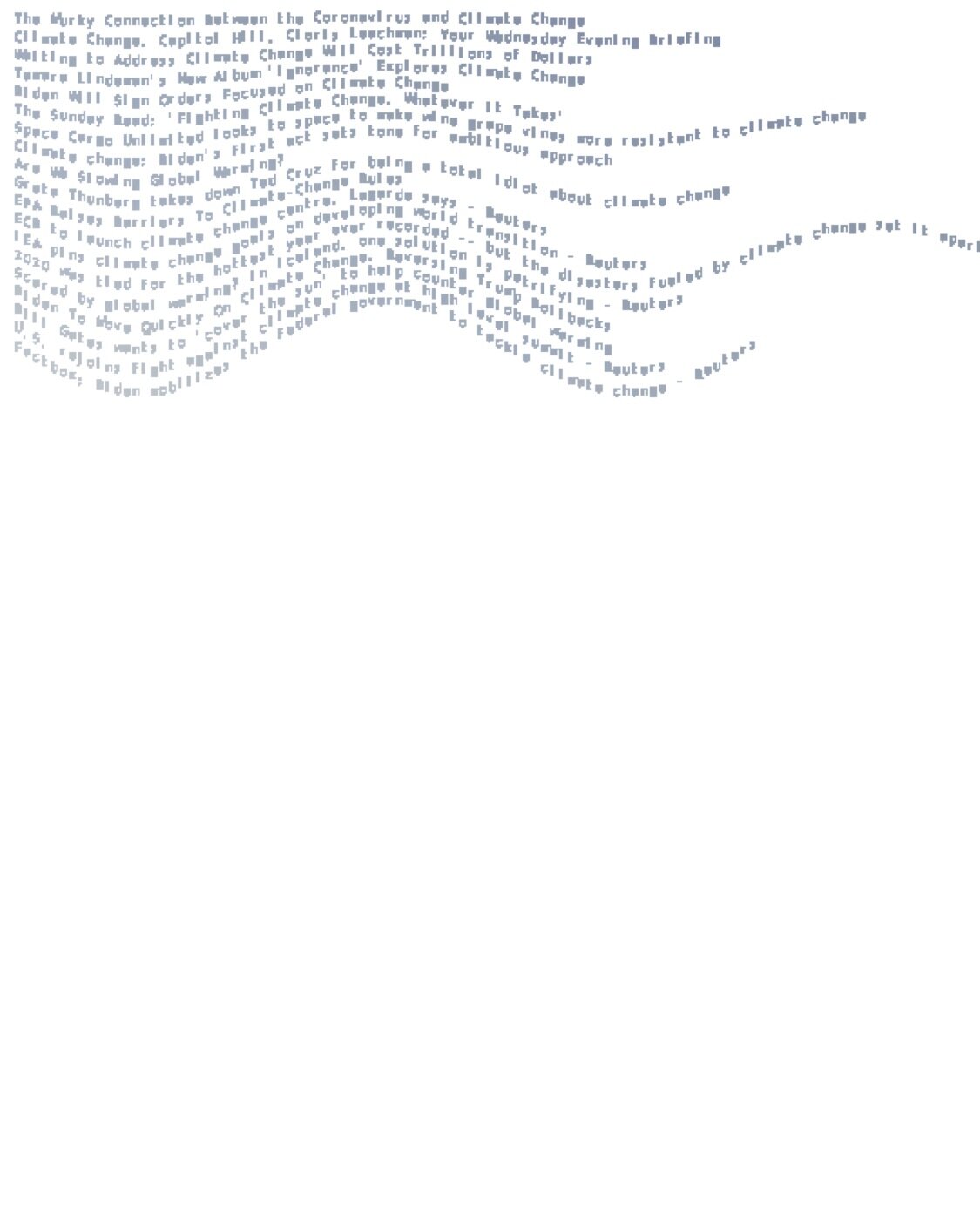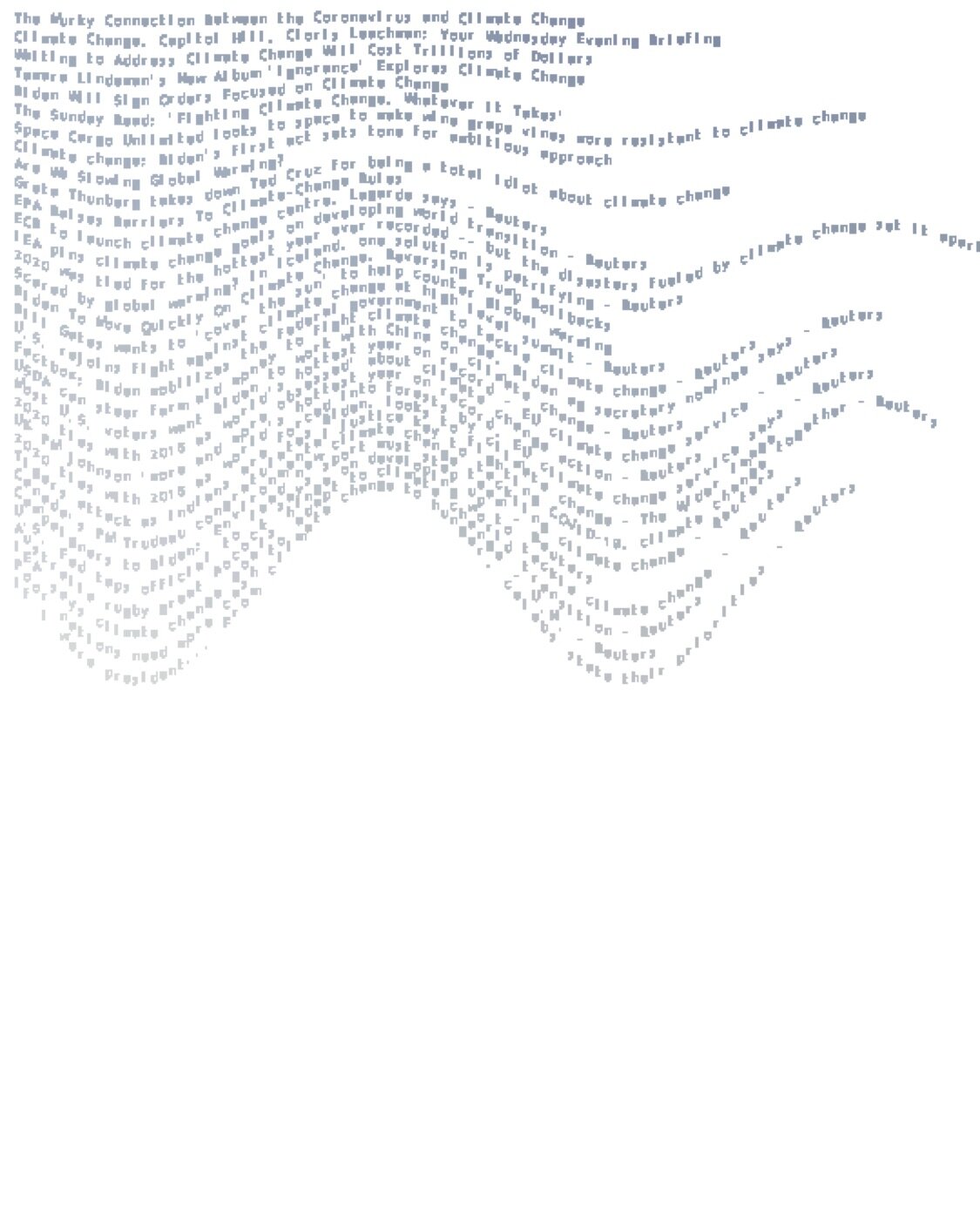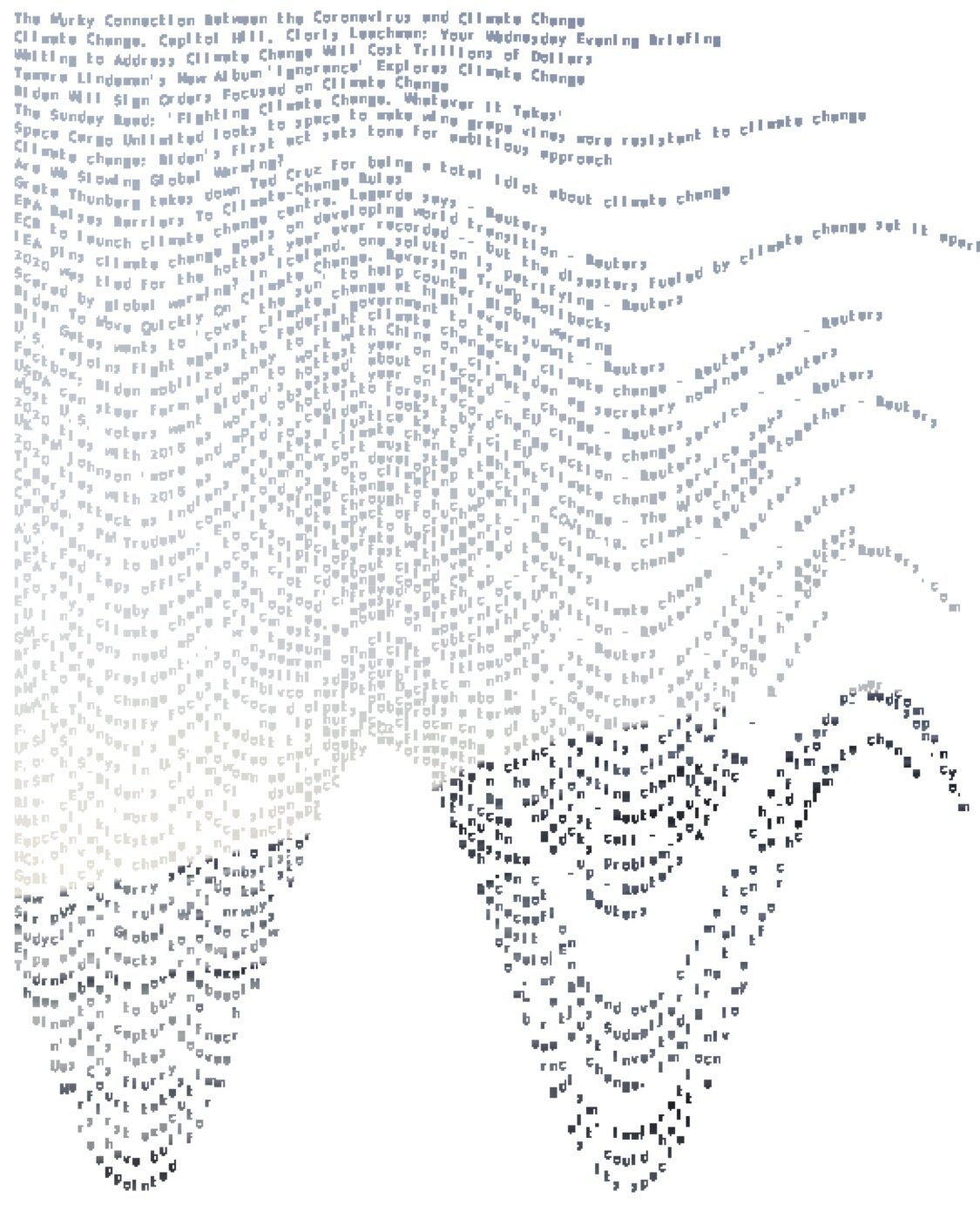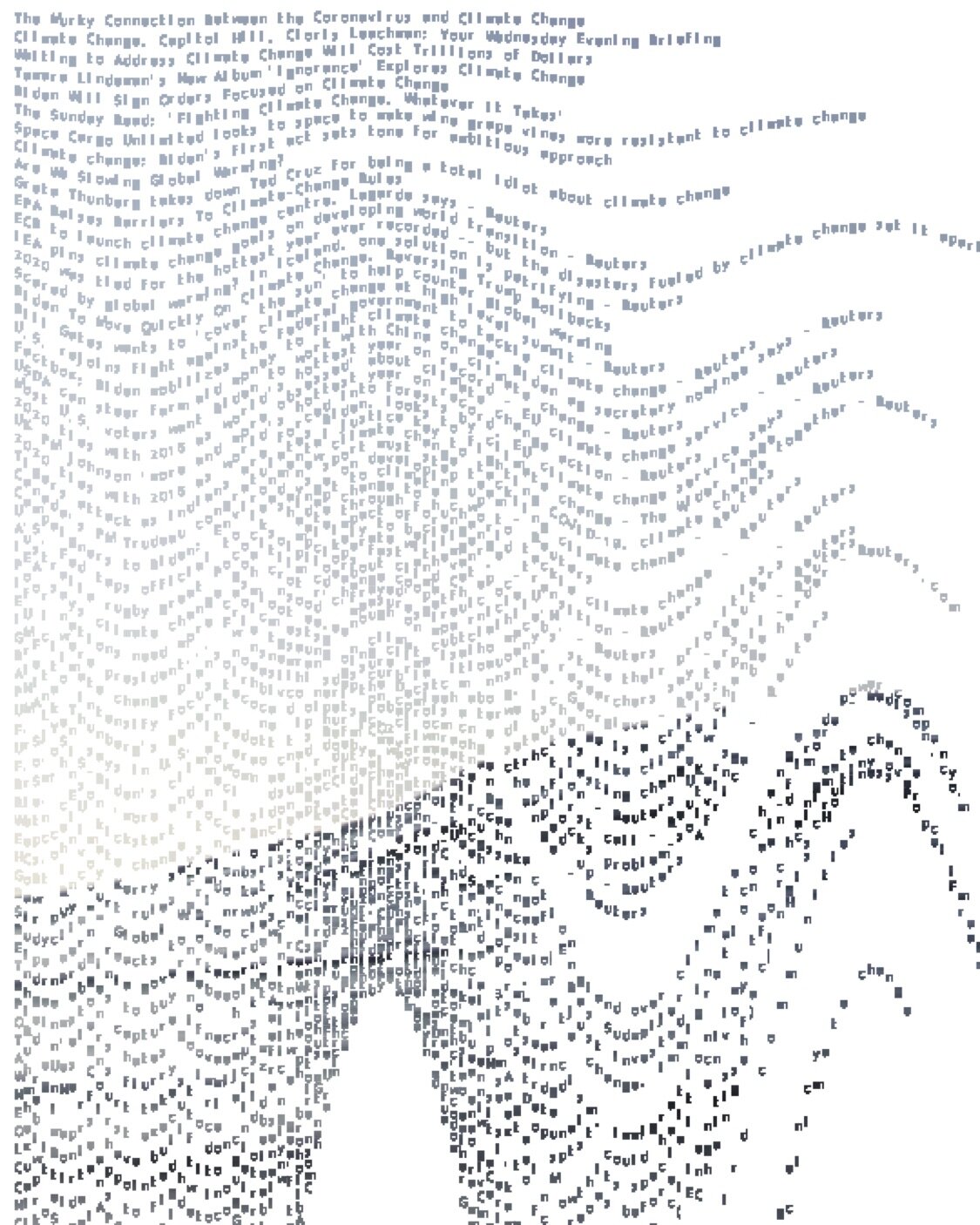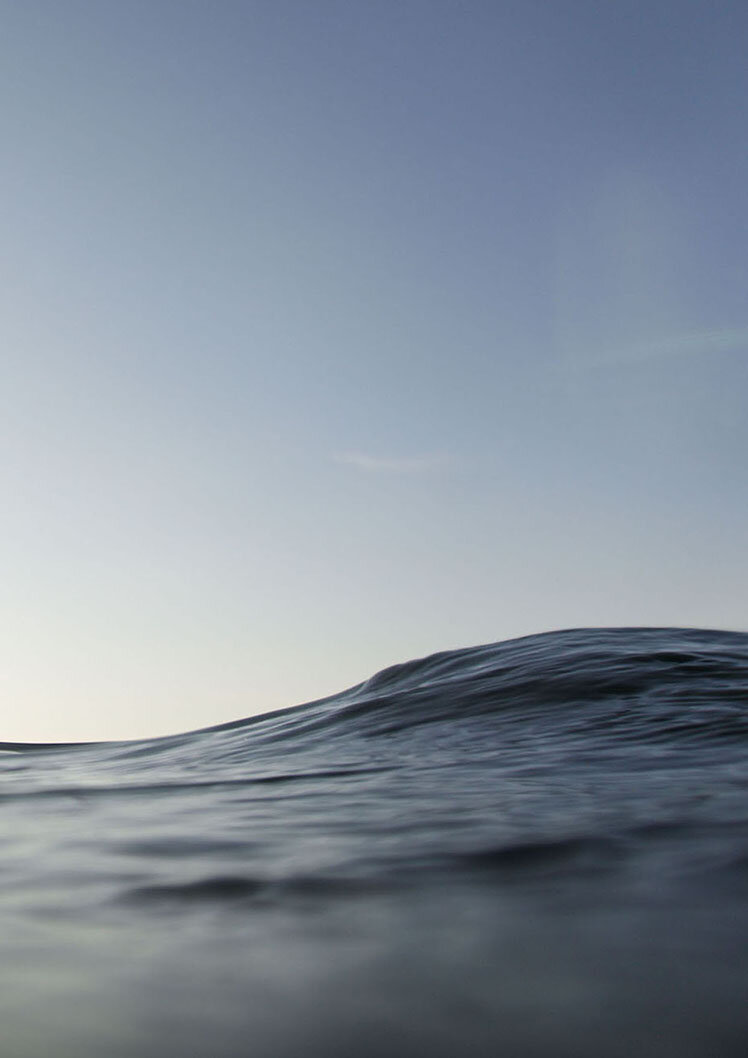MESSAGE IN A BOTTLE
Forever inspired by the sea, where I grew up, I am mesmerised by the movement of the water and saddened by its current condition. Many people do not take time out of their day to realise the immense crisis our planet is facing regarding plastic pollution. Message in a Bottle visualises a dataset of real waves from the Great Pacific Garbage Patch.
The National Oceanic and Atmospheric Administration (NOAA) have a data buoy centre that have weather stations world wide. I researched the different stations nearest the Great Pacific Garbage Patch and discovered station 46246, (50°1'2" N 145°10'12" W). The NOAA has historical data for this station going back to 2010, the data is logged every 30 minutes and includes information on the wind speed, sea temperature, wave heights and the period between waves. For this project I chose to focus only on the significant wave heights.
The sounds played in the installation are from recordings I made at home in Dublin. I found bottles floating near the shore and captured the sound of the plastics colliding and interacting with the water allowing the viewers to feel immersed in the installation.
SEA / SICK
I'm not homesick, I'm just missing the sea... After moving to London to do an MFA in Computational Art I realised how much I was missing the sea. Using wave data collected from the West Coast of Ireland, the corners of the fabric are tilted using micro-servos. The degree of rotation is determined by the wave heights and is connected to the fabric using invisible thread. The reflection of the fabric and the wave like motion hopes to connect people to the sea when they cannot physically get there.
372.5 HOWTH
Forever taking inspiration from nature and my home town of Howth. This work is a continuation of my exploration into nature’s behaviour as a hyperobject and making abstract data tangible.
372.5~Howth uses an API key to access Howth’s tidal data replicates the stretch from low tide to high tide. Spring tides were occurring during the exhibition meaning the vertical range was up to 4 metres some days forcing the viewers to contemplate these large cycles of time and consider the forces of nature at play when distributing such large volumes of water daily.
The data controls the vertical movement of the fabric while the sinusoidal movement along the x-axis is achieved through the eccentric cam shaft I designed using circles and pulleys inspired by the historical methods of predicting and recording tidal behaviour.
MOVING MEDUSA
Reimagining Dorothy Cross' Medusae II. Using computer vision openFrameworks and Arduino environments, this installation brings the jellyfish to life, triggering their plastic bodies to move when humans interact with a webcam. The shadows created from the plastic projected on to the wall is intended to highlight how marine life often mistaken plastic for food. The interaction is intended to draw attention to the issue by engaging the viewers and creating awareness of the pollution of our oceans.
Soundtrack: Swimmers, Zero 7 and Jem Cooke
SEE TURTLES
An installation that engages the viewer and creates awareness of the plastic pollution in our oceans.
Using computer vision, physical computing components and re-used plastic objects SEE TURTLES creates an underwater world revealing how turtles see plastics and can easily mistake them for food...
The computer vision detects movement in front of the webcam and draws rotating spirals on the projections. The motion sensed triggers the LEDs and the micro servos that activate the jellyfish in front of the projections.
What do you see? What do you think turtles see?
Recognising our Seas in 2100
This book aims to create awareness for the rising sea levels. Taking 80 news headlines that contain ‘Global Warming’, ‘Sea Levels’ or ‘Climate Change’ using an API, each headline is printed incrementally on each page. The titles are printed along a sine curve of the predicted rise in sea level for that year (2020 - 2100). As the book develops, the distorted text reveals an image of the sea. Are the headlines legible on the 80th page? Will our seas be recognisable in 2100?
The first image shows the last page of the book showing the specific headlines on the specific day the code was written.
A Diary of a Wave
Using data collected from a buoy off the West Coast of Ireland, this PDF was created in Processing using different functions to map the values of the key features of the waves recorded during October 2020.
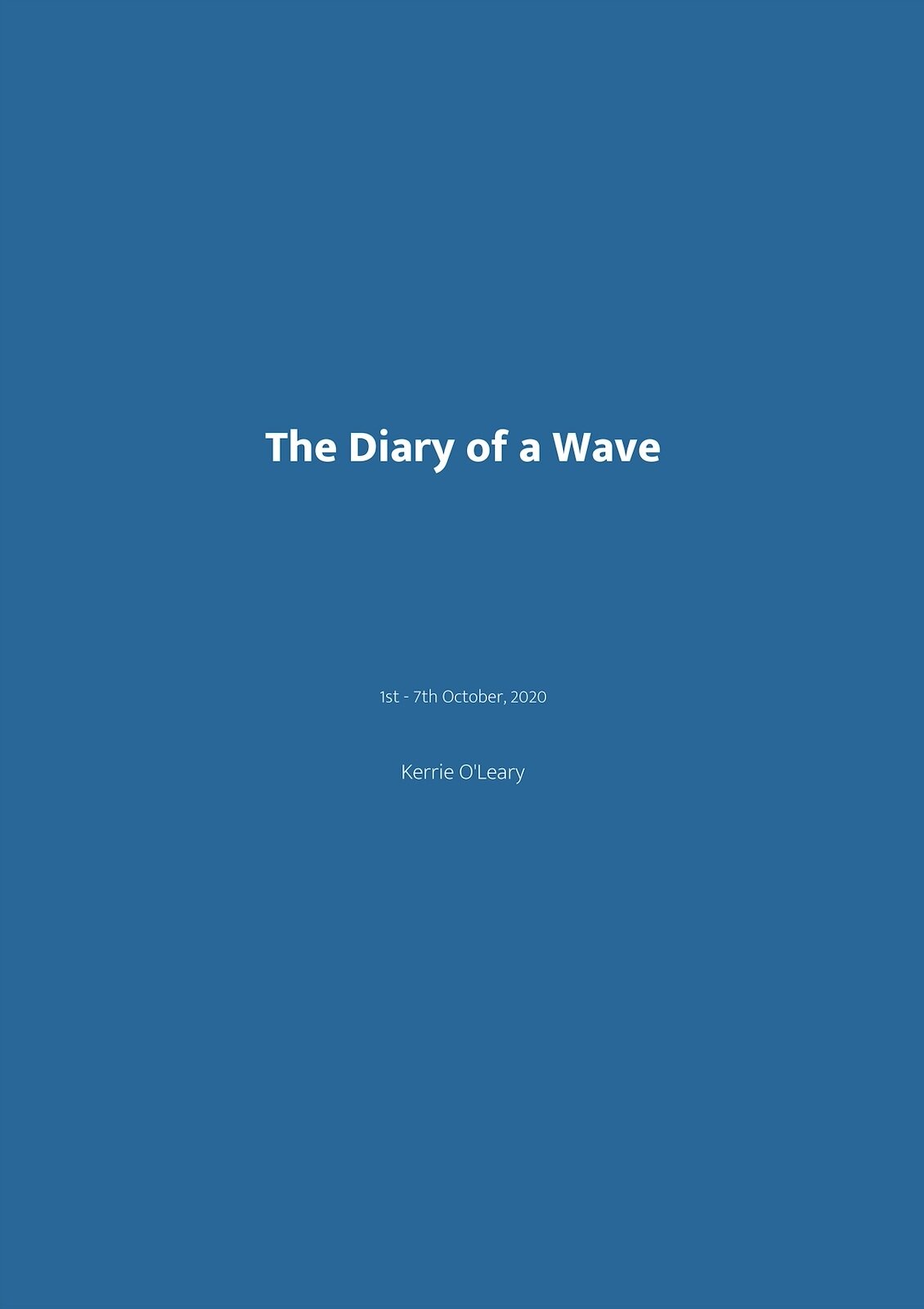
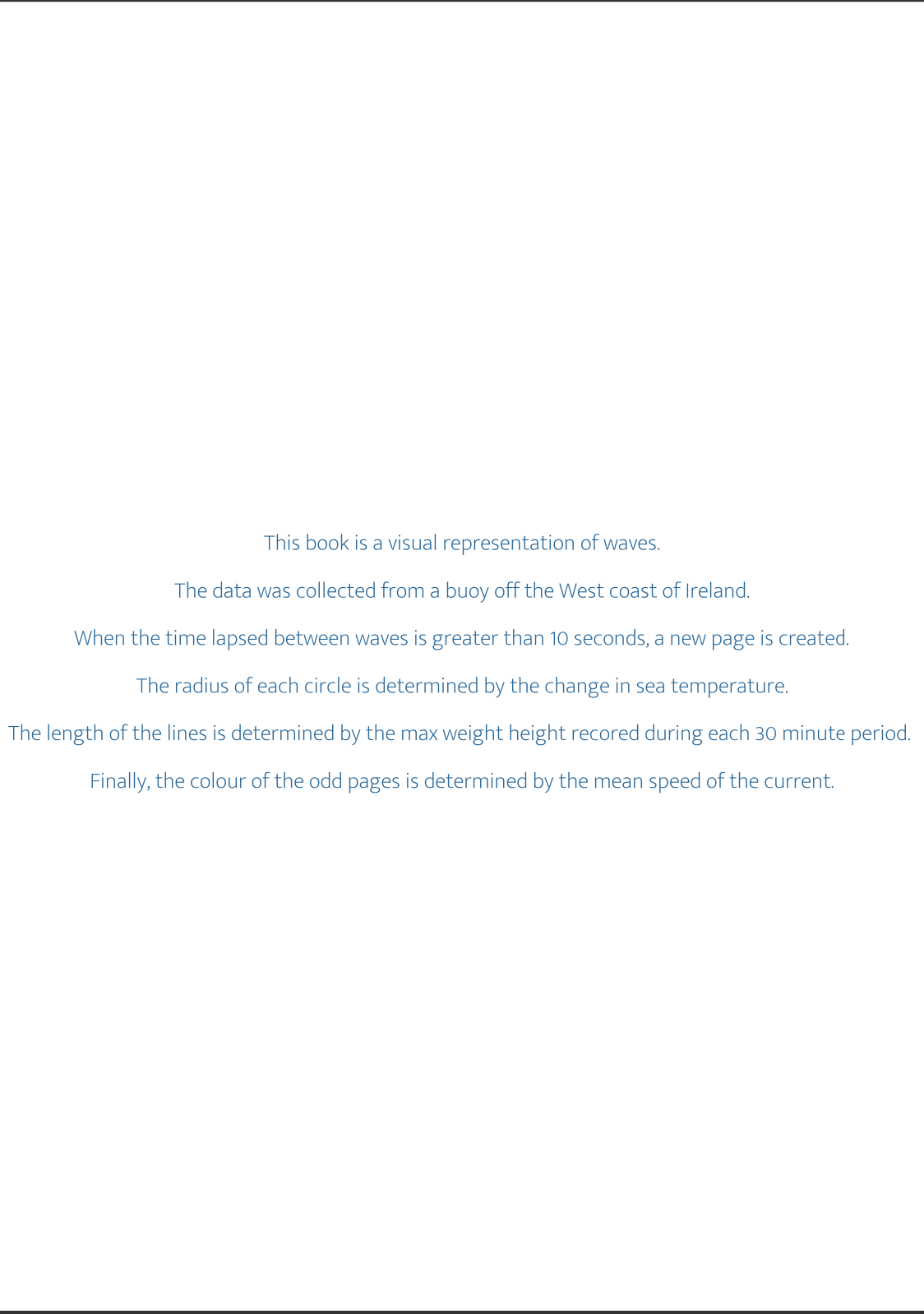

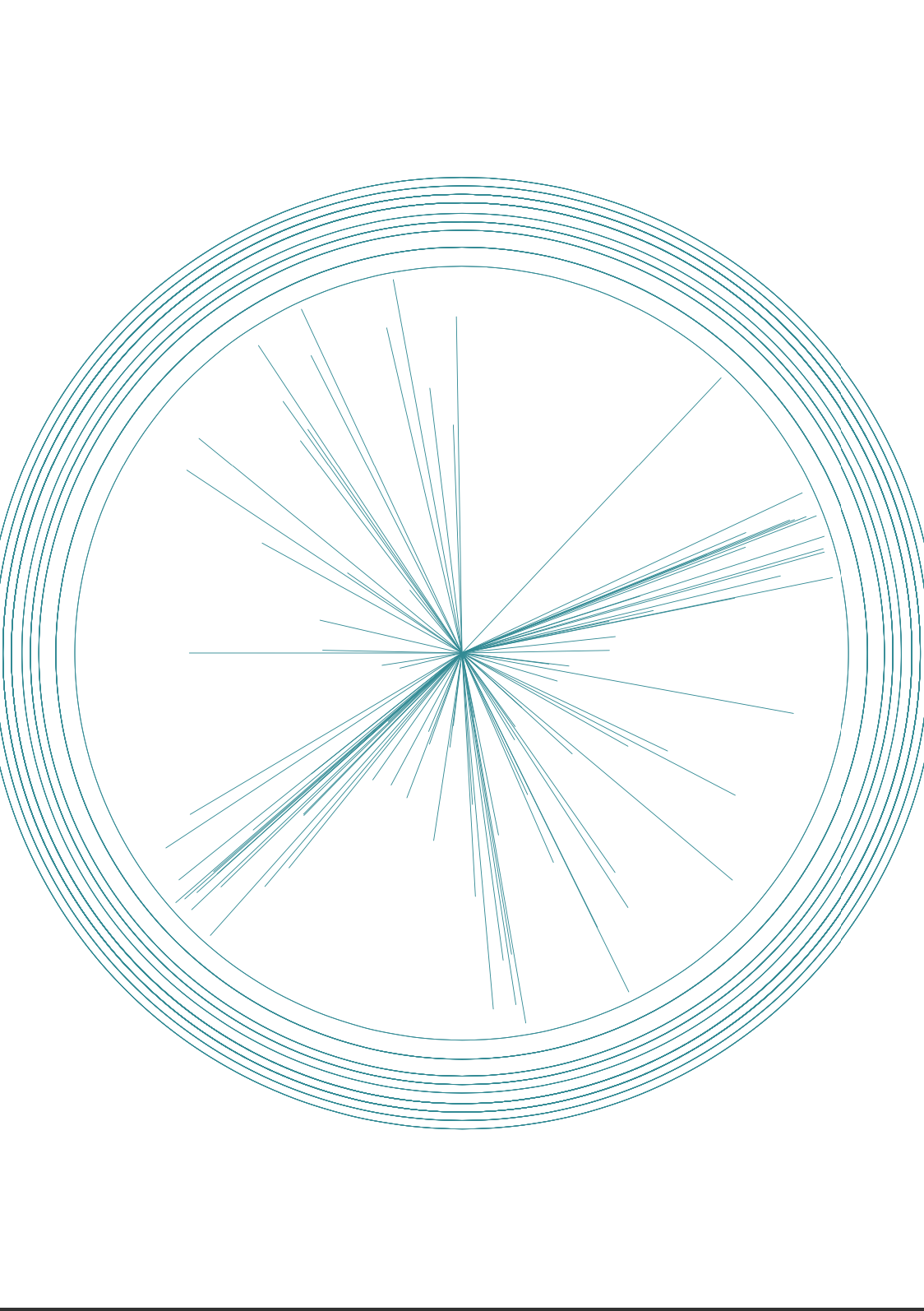
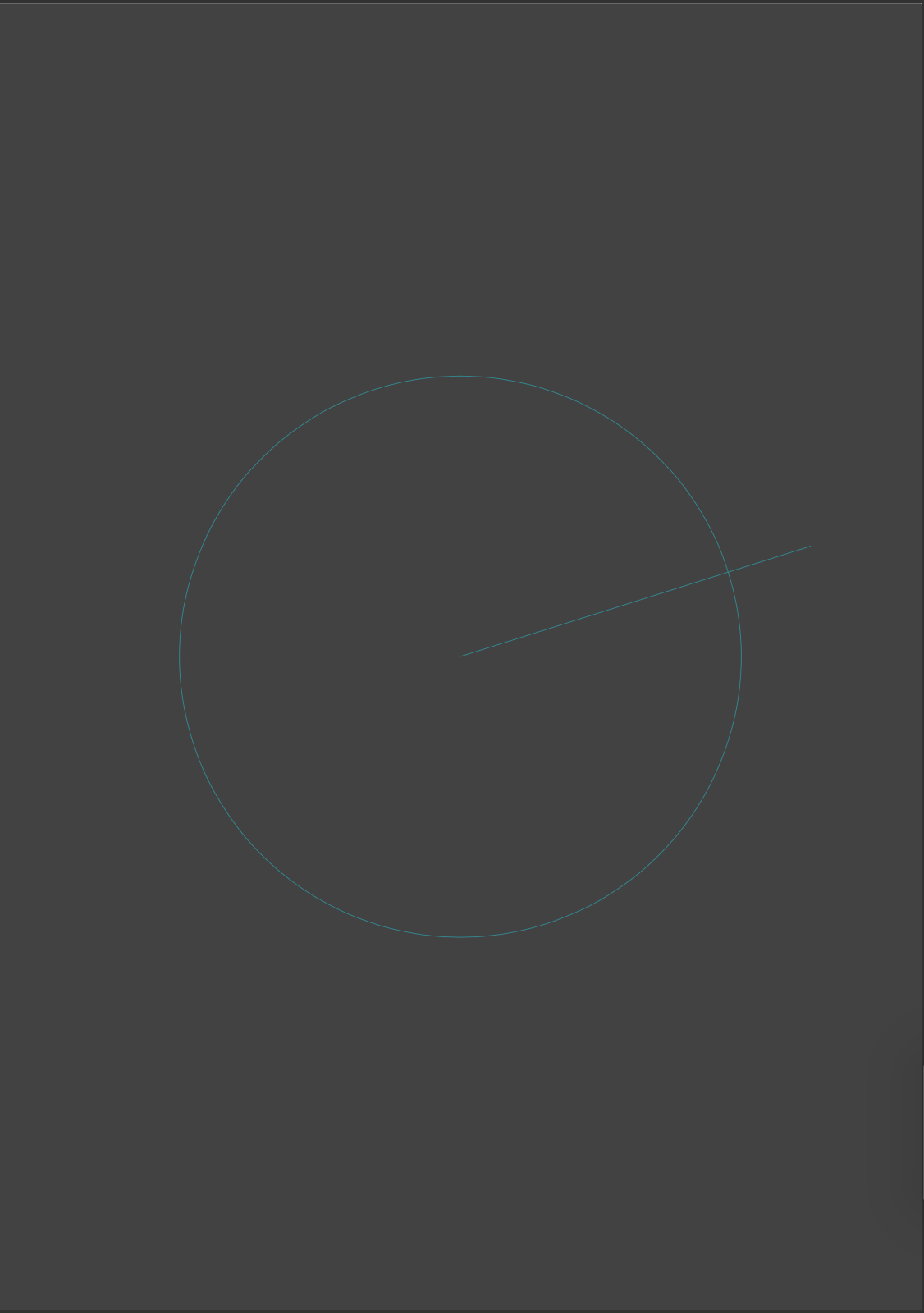
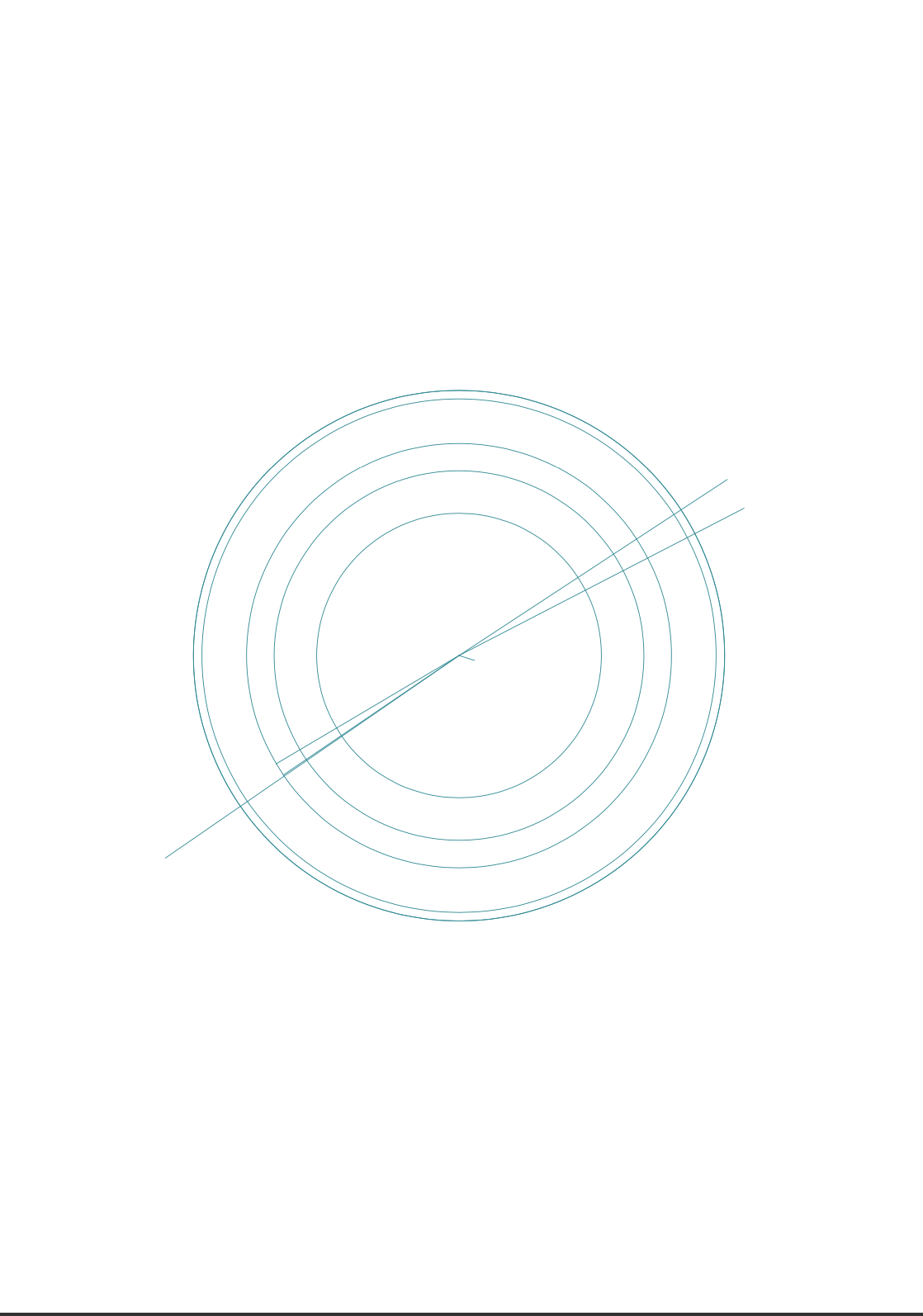
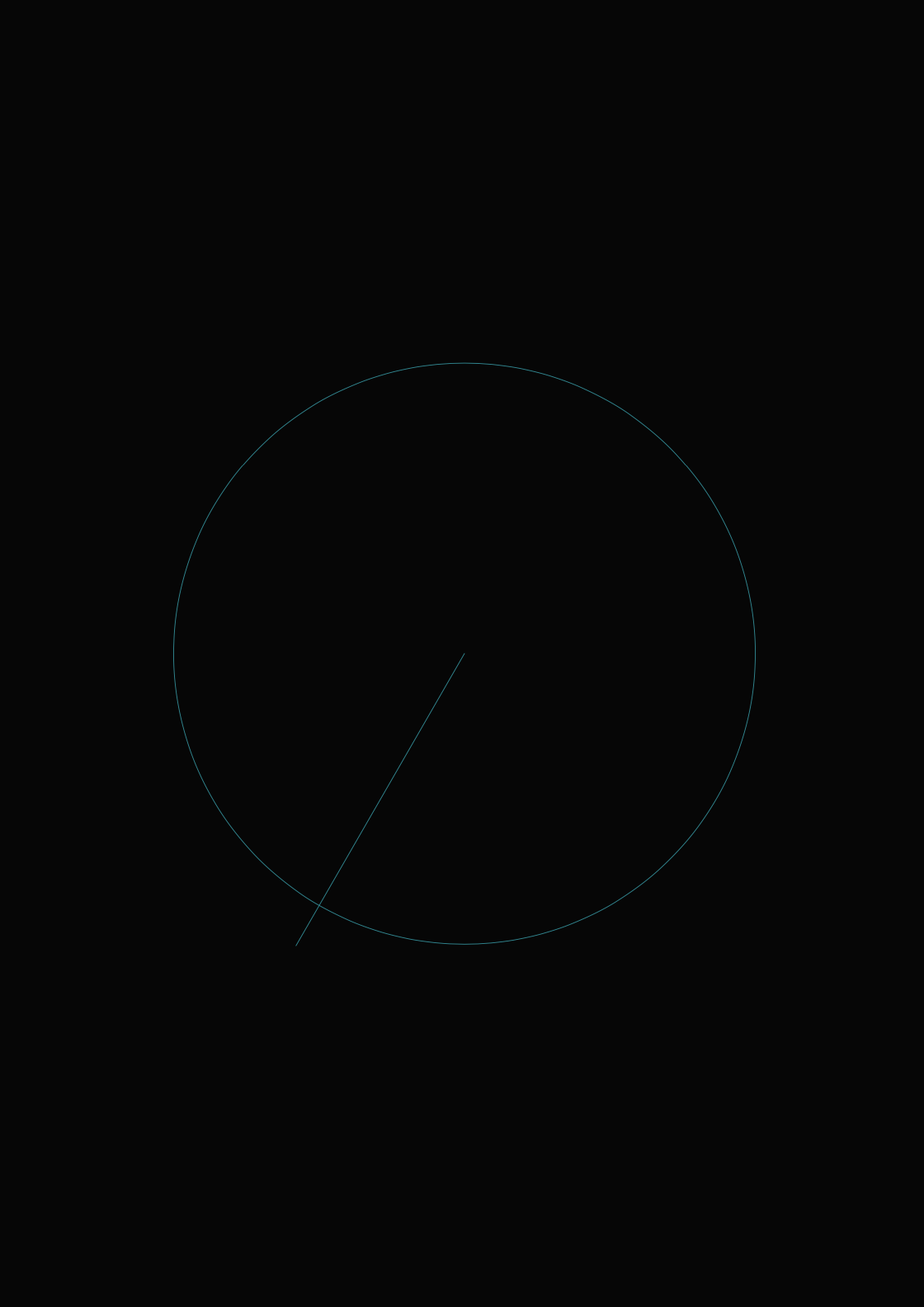

Privacy During a Pandemic
This group project explored how our governments are handling privacy in relation to the national covid tracking apps. The pages below are excerpts from a book detailing the different features of the COVID tracking apps worldwide. To see all of our findings please watch our recording here
The dataset can be viewed here.

